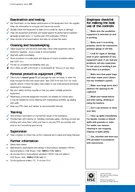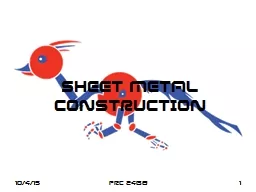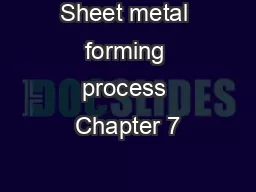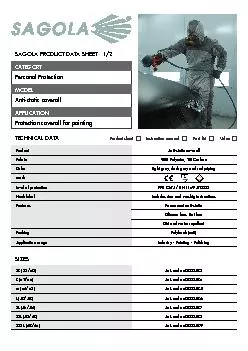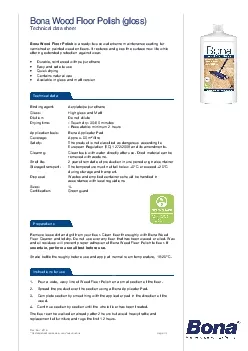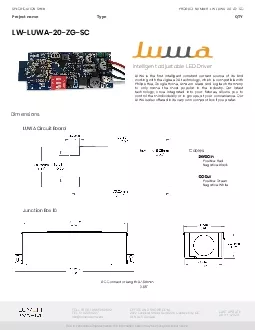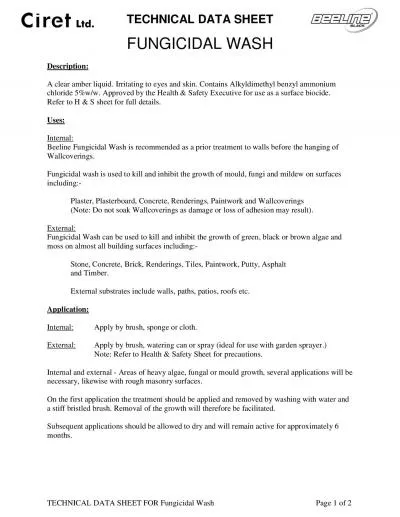PPT-Project 1.2.3: Student Data Sheet
Author : quinn | Published Date : 2024-02-02
SEX DETERMINATION The most valuable bones in sex determination are the pelvis and the skull although the femur tibia and the humerus provide unique measurements
Presentation Embed Code
Download Presentation
Download Presentation The PPT/PDF document "Project 1.2.3: Student Data Sheet" is the property of its rightful owner. Permission is granted to download and print the materials on this website for personal, non-commercial use only, and to display it on your personal computer provided you do not modify the materials and that you retain all copyright notices contained in the materials. By downloading content from our website, you accept the terms of this agreement.
Project 1.2.3: Student Data Sheet: Transcript
Download Rules Of Document
"Project 1.2.3: Student Data Sheet"The content belongs to its owner. You may download and print it for personal use, without modification, and keep all copyright notices. By downloading, you agree to these terms.
Related Documents


